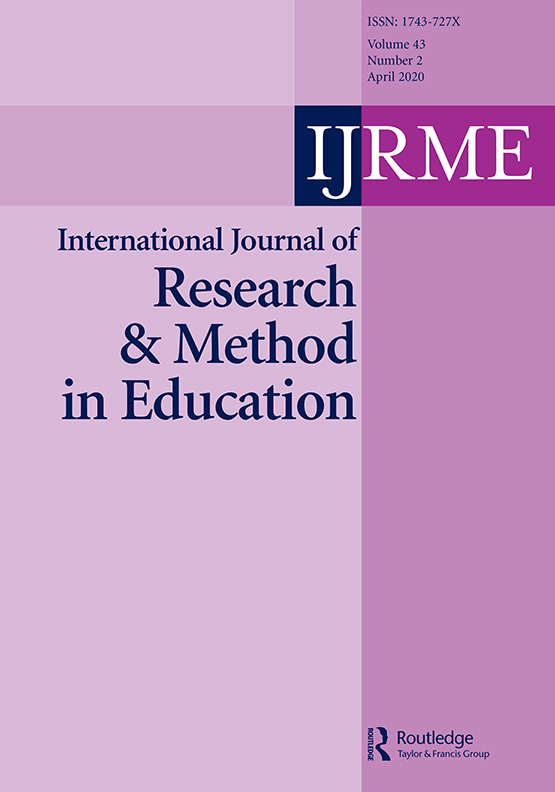tandfonline.com har udgivet en rapport under søgningen „Teacher Education Mathematics“:
ABSTRACT
ABSTRACT
Sociometrically neglected children are not often liked and not often disliked by their peers. This kind of social information is known as social status. Evidence concerning internalizing behaviour of neglected children is as yet equivocal. Contradictory research results could possibly be attributed to methodological issues of social status classification methods. Therefore, we will paradigmatically emphasize insufficiencies of one social status classification method. Since arbitrary cutoffs (sociometric data) provide the basis for the categorical classification of social status groups, the classification approach lacks precision and consistency. Furthermore, social status classification discounts the multidimensional nature of a child’s social status (social status group affiliation is mutually exclusive), disregards between-peer-group differences in the sociometric data, and offers a peer-group-norm-referenced interpretation. By contrast, we will highlight some advantages of the newly introduced social status extreme points procedure, which describes a child’s social status in terms of the child’s adaptation to sociometric extreme points. The continuous social status extreme points variables offer a criterion-referenced interpretation (multidimensionality: degree of adaptation to each and every sociometric extreme point). The performance and agreement of both methods will be demonstrated using empirical data (N = 316 children within 22 school classes).
